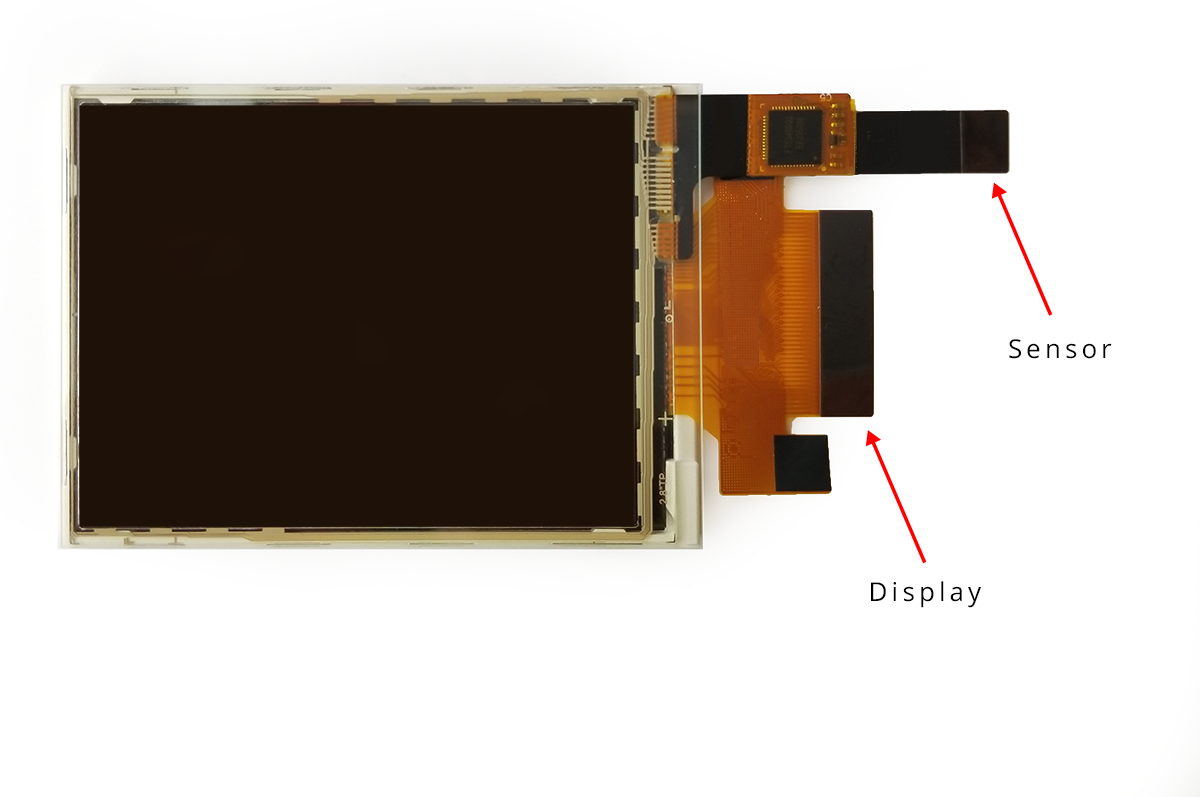It is so easy to have a display supplier stick a touch sensor right onto the display, ship it to you all ready to go, but what happens when that display goes end of life (EOL)?
When large companies purchase large quantities of a display, it makes it easily accessible for small to medium size companies to get their hands on it at lower quantities. When the large company decides to redesign and they no longer need that display, *poof* it is gone, unless you want to start buying mass quantities of it per year. Display turnover is rapid and unpredictable, and even if you find a display that happens to be around for years on end, the standard life of a display is anywhere from 6 months to 2 years – this means once the display is in use, it is just a matter of time before it needs to be replaced.
When replacing a display that has a sensor adhered directly to it, the sensor also has to be replaced. Now the task of reprogramming the controller for the display became even bigger as the programming must include the touch sensor, tuning parameters, drivers, etc.
What if, now this is a crazy notion but stick with me for a second, rather than sticking the sensor on the display, stick it on the lens? What?! Mind blown. Recently, when discussing this concept to someone they referred to it as “display insurance” – separating the sensor from the display ensures they don’t rely on each other so replacement can be smooth.
As noted in the Construction of a Touch Sensor, and our Mind the Gap blogs, keeping the sensor away from the display has many benefits (aside from display insurance), it helps reduce noise, increase responsiveness, increase manufacturability and ease of repair, and reduce total cost of ownership.
The sensor will last the life of the product, the display won’t.
Contact us to schedule a visit to check out our Capacitive Touch Demonstration kit!
